Mercury Level Switch
*DC 12 V
*2 A
A mercury level switch is a type of electrical switch that uses a small amount of mercury to make or break an electrical circuit based on the switch’s position or the level of a liquid.
These switches are often found in devices that need to detect changes in tilt or liquid levels, like thermostats or sump pumps.
Here’s a more detailed explanation:
How it works:
- A mercury switch contains a small amount of mercury inside a sealed capsule or envelope.
- When the switch is tilted or moved, the mercury rolls to the lowest point in the capsule.
- If the mercury comes into contact with two or more electrical contacts, it completes the circuit, allowing electricity to flow.
- If the mercury is moved away from the contacts, the circuit is broken.
Types of mercury switches:
-
Mercury tilt switches:Used to detect the angle or tilt of an object. They are found in applications like home security alarms or robots that need to sense when they’ve tipped over.
-
Mercury float switches:Used to detect the level of a liquid. They are common in sump pumps and other liquid level control systems.
-
Mercury displacement switches:Similar to float switches, these switches use a plunger that dips into a pool of mercury to raise the level and complete a circuit.
Applications:
-
Thermostats:In older thermostats, mercury switches were used to control the heating or cooling system based on temperature.
-
Sump pumps:Mercury float switches are used to automatically turn on a sump pump when the water level gets too high.
-
Appliances:Mercury switches can be found in various appliances like washing machines, dryers, and ovens.
-
Industrial applications:Mercury switches are used in a variety of industrial settings, including liquid level control and safety systems.
Important notes:
- Mercury is a toxic substance, and mercury switches are no longer widely used due to environmental and health concerns.
- Many applications that previously used mercury switches have switched to alternative technologies, such as solid-state sensors.

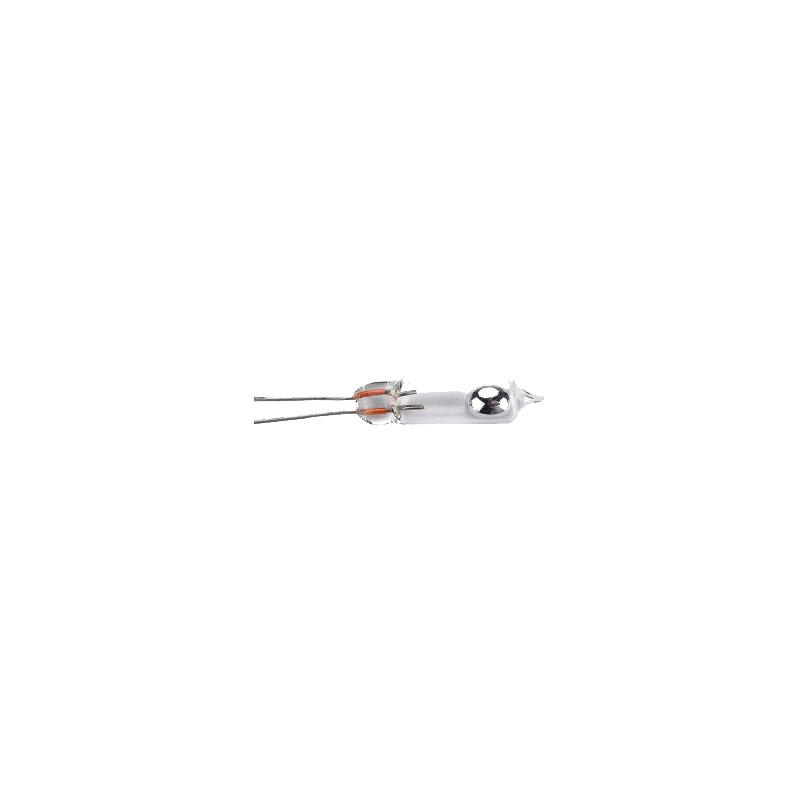
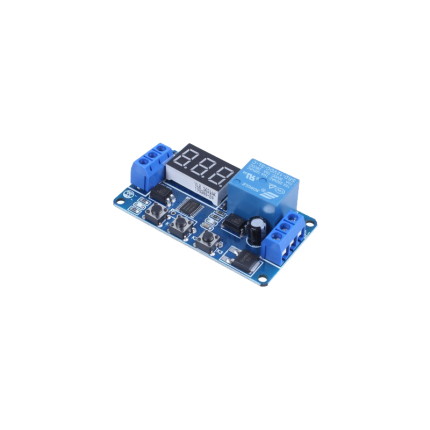



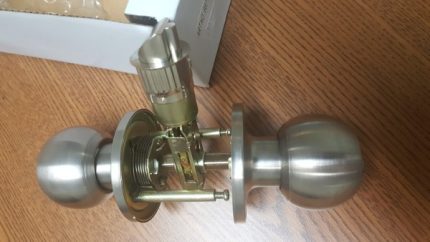
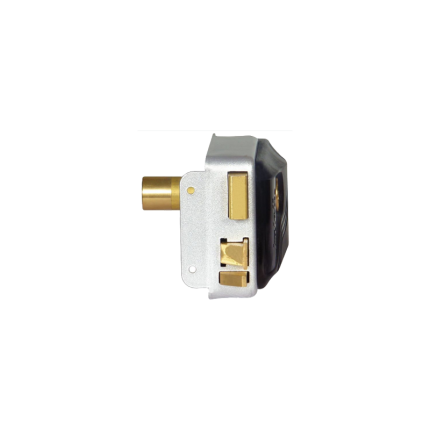
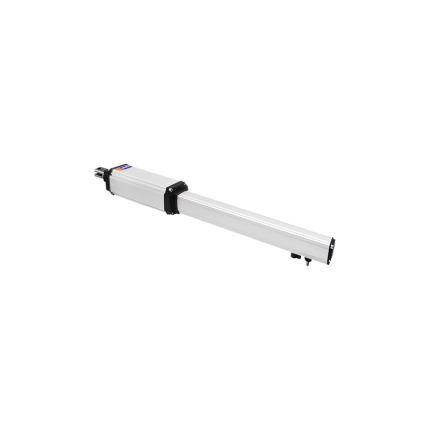

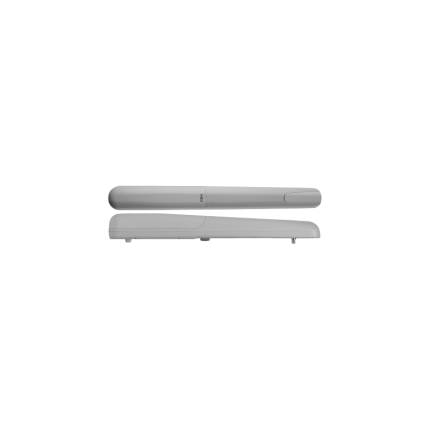
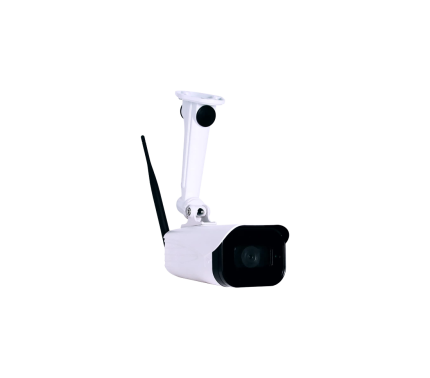

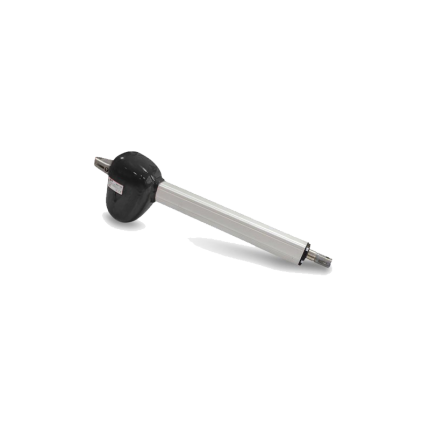

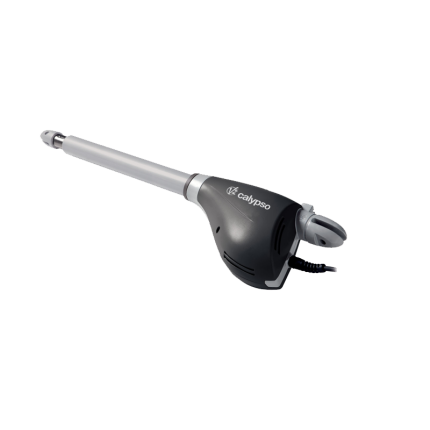
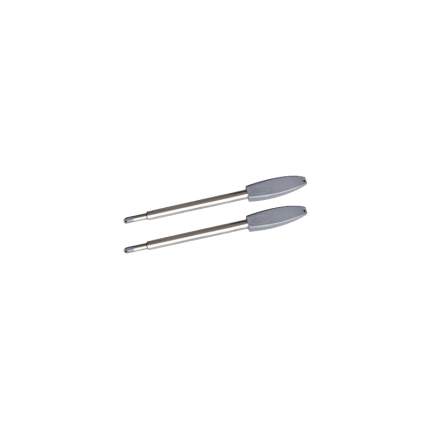
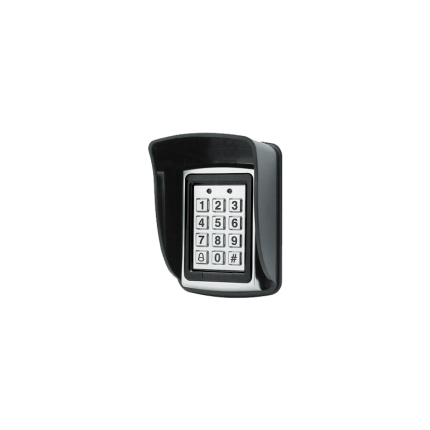
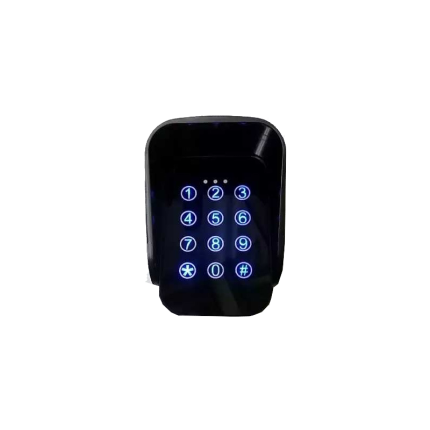









Reviews
There are no reviews yet.